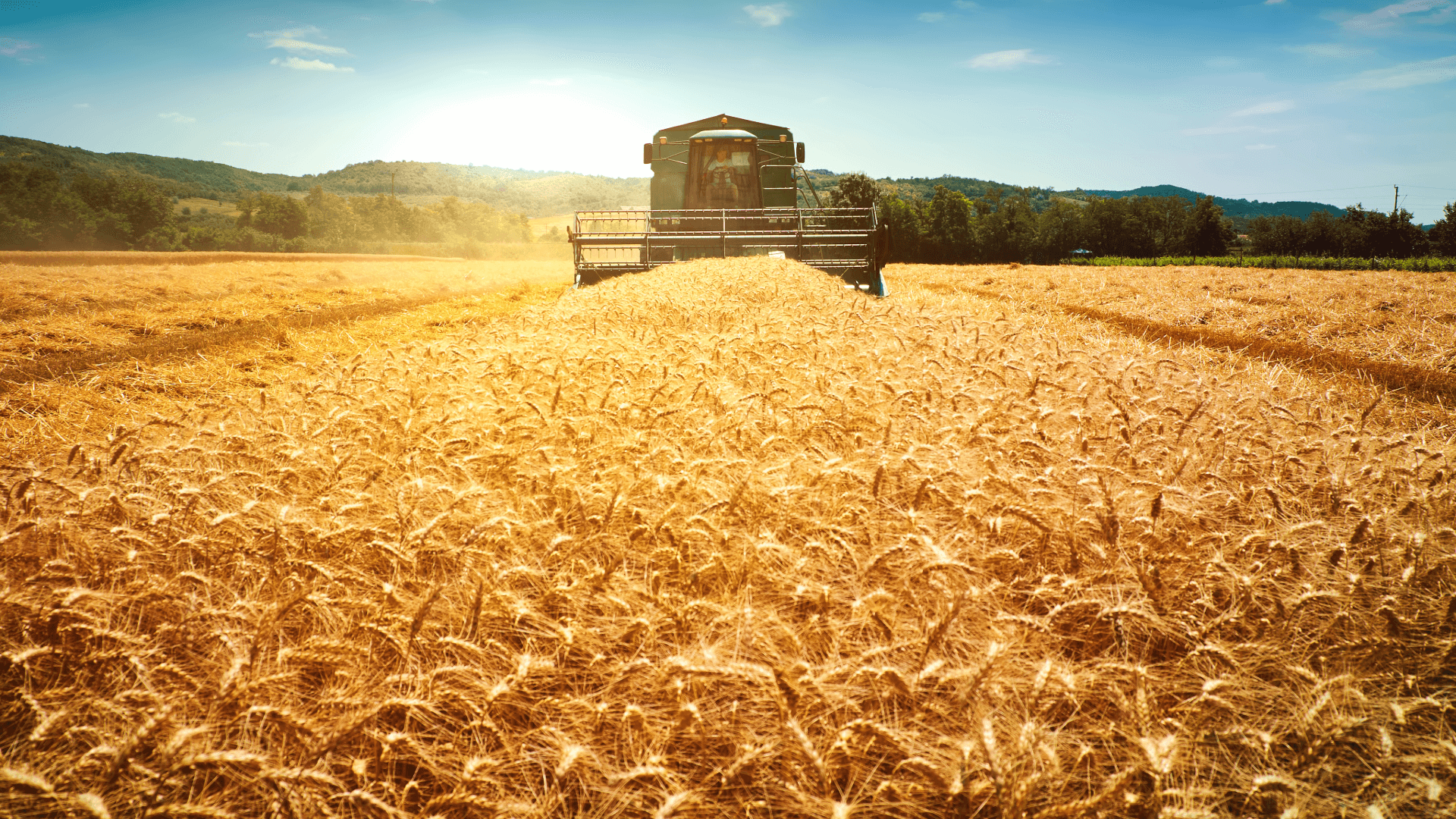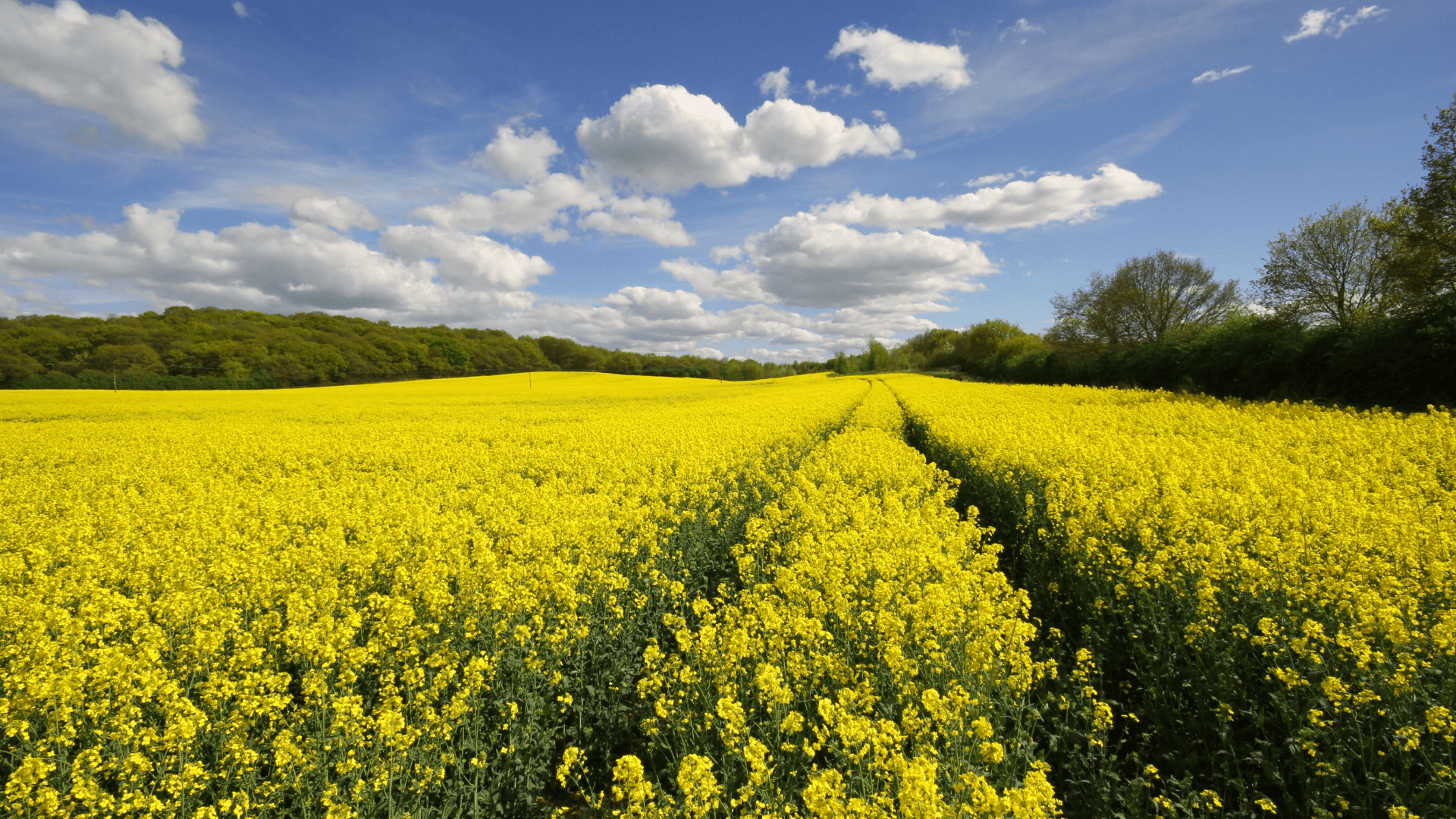Decline in Cereal and Oilseed Rape Cultivation Reaches Two-Decade Low
Posted by Emily on 17th Jul 2024 Reading Time:
In a significant development, Great Britain has reported the lowest cultivation area for cereals and oilseed rape (OSR) in over two decades, primarily attributed to adverse weather conditions. According to a recent survey by the Agriculture and Horticulture Development Board (AHDB), the area planted with these essential crops has notably declined in 2024.

The AHDB's Planting and Variety Survey, conducted between 15 April and 14 June 2024, reveals a 5% reduction in the total area planted with cereals and OSR compared to the previous year. This decline marks the lowest cultivation level for these crops since the early 2000s.
Despite a modest increase in the areas planted with barley (6%) and oats (9%), the overall decline is driven by significant reductions in wheat and OSR areas, which fell by 9% and 21%, respectively.
Meteorological data from the Met Office indicates that rainfall in the UK from September 2023 to May 2024 was the highest on record since 1836, totalling 1,157 mm—25% above the five-year average. This excessive rainfall has significantly impacted farming activities, particularly limiting winter and spring planting opportunities.
AHDB analyst Matt Darragh highlighted that the substantial rainfall across the UK had constrained farmers' planting schedules and created unfavourable growing conditions for the crops successfully planted. "The sunshine hours were the lowest since 1995-96, exacerbating the challenges faced by farmers," he added.
The survey shows that the falls in winter cropping and rises in spring cropping are less severe than those predicted in AHDB's Early Bird Survey (EBS) conducted in March. This discrepancy likely reflects the persistent wet conditions throughout the spring, which left farmers with limited windows to sow spring crops. Some winter crops, initially slated for replacement with spring options, were retained due to weather constraints.
The overall reduction in crop area and poorer conditions, particularly for winter crops, indicate a lower production of cereals and OSR in 2024. While regional impacts varied, most Great Britain regions experienced cropping declines. However, Northern Ireland reported a 2% increase in the total wheat and barley area, standing 6% above the five-year average at 30.5 Kha.

Key Findings from AHDB's Planting & Variety Survey 2024:
Wheat: The total wheat area in the UK is estimated at 1,560 Kha, a 9% decrease from the previous year, marking the second smallest planted area since 1981.
Barley: The total barley area has increased by 6% to 1,207 Kha, slightly above the five-year average. The spring barley area saw an 18% rise to 804 Kha, while winter barley fell by 12% to 402 Kha.
Oats: The oats area in Great Britain increased by 9% to 180 Kha, although this is 2% below the five-year average.
Oilseed Rape: The OSR area in Great Britain declined by 21% to 307 Kha, the second lowest since at least 2000 and 59% below the peak area in 2012.
Cereals: The total cereals area in Great Britain fell by 3% to 2,916 Kha, the lowest since 2007.
Overall Cultivation: The combined area for cereals and OSR in Great Britain fell by 5% to 3,223 Kha, the lowest since the turn of the century.
This downward trend in cultivation presents significant implications for the agricultural sector, with potential impacts on food supply and farming economics.

